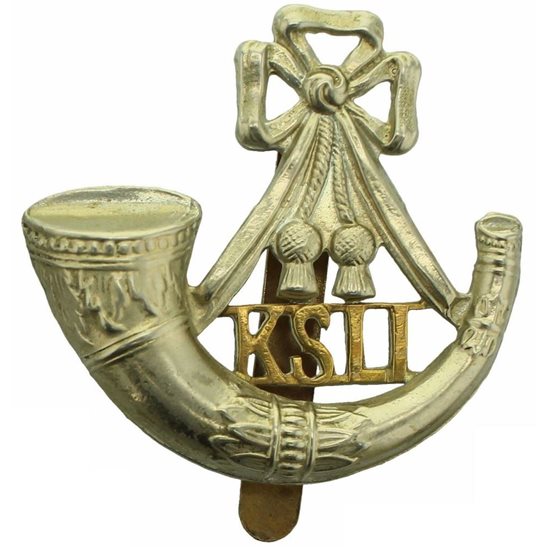Personal Details
Born: His birth was registered in Whitchurch, Shropshire in Quarter 1 1894. On his military record he stated that he was born in Ash, Shropshire.
Family: He was the son of Elizabeth Bithell. Elizabeth subsequently married James Williams and together the couple had two sons, John Thomas (Jack) Williams and Frederick William Williams. James married Lizzie A Haycocks Q2 1923 in Whitchurch, Shropshire. They had four children Dennis, Irene, Elizabeth and Vera.
Residence: In 1901 he was living with his parents at 5 Railway Hotel Yard, Station Road, Whitchurch,Shropshire. The address on his discharge documents in 1919 was 11 Alkington Road, Whitchurch, Shropshire. By the time of the 1939 Register he and his family were living at 16 Castle Hill, Whitchurch, Shropshire.
Employment: From 9 December 1913 until 5 October 1914 he was employed by the London and North Western Railway as a labourer. After that and before enlisting in 1915 he was a farm labourer.By 1939 he was a labourer working in the Post Office engineering department.
Died: He died Quarter 2 1951 in Whitchurch, Shropshire, aged 57.
Military Details
Regiment: King’s Shropshire Light Infantry
Rank: Private
Service Number: 18170
Date of Enlistment: 29 April 1915
Date Of Discharge: 10 April 1919
Reason for Discharge: Demobilised
Other Information: James was appointed Lance Corporal on the 26 September 1917 but was “deprived of Lance stripes” on the“ 4 January 1919 for outstaying his pass. He served in France for 2 years 10 months where he received a gunshot wound to his right elbow. He also spent time in hospital being treated for trench foot. James’ half brothers Frederick William Williams and John Thomas (Jack) Williams also served in WW1.
James was awarded the Campaign Medals (British War Medal, Victory Medal, and 1914/15 Star) and the Military Medal, gazetted 9 December 1916.

The 1914 Star (also known as 'Pip') was authorised under Special Army Order no. 350 in November 1917 and by an Admiralty Fleet Order in 1918, for award to officers and men of the British and Indian Expeditionary Forces who served in France or Belgium between 5 August and midnight of 22–23 November 1914. The former date is the day after Britain's declaration of war against the Central Powers, and the closing date marks the end of the First Battle of Ypres.
The 1914–15 Star (also known as 'Pip') was instituted in December 1918 and was awarded to officers and men of British and Imperial forces who served against the Central European Powers in any theatre of the Great War between 5 August 1914 and 31 December 1915. The period of eligibility was prior to the introduction of the Military Service Act 1916, which instituted conscription in Britain.
The British War Medal (also known as 'Squeak') was a silver or bronze medal awarded to officers and men of the British and Imperial Forces who either entered a theatre of war or entered service overseas between 5th August 1914 and 11th November 1918 inclusive. This was later extended to services in Russia, Siberia and some other areas in 1919 and 1920. Approximately 6.5 million British War Medals were issued. Approximately 6.4 million of these were the silver versions of this medal. Around 110,000 of a bronze version were issued mainly to Chinese, Maltese and Indian Labour Corps. The front (obv or obverse) of the medal depicts the head of George V. The recipient's service number, rank, name and unit was impressed on the rim.
The Allied Victory Medal (also known as 'Wilfred') was issued by each of the allies. It was decided that each of the allies should each issue their own bronze victory medal with a similar design, similar equivalent wording and identical ribbon. The British medal was designed by W. McMillan. The front depicts a winged classical figure representing victory. Approximately 5.7 million victory medals were issued. Interestingly, eligibility for this medal was more restrictive and not everyone who received the British War Medal ('Squeak') also received the Victory Medal ('Wilfred'). However, in general, all recipients of 'Wilfred' also received 'Squeak' and all recipients of The 1914 Star or The 1914/1915 Star (also known as 'Pip') also received both 'Squeak' and 'Wilfred'. The recipient's service number, rank, name and unit was impressed on the rim.

Until 1993, the Military Medal (MM) was a military decoration awarded to personnel of the British Army and other services, and formerly also to personnel of other Commonwealth countries, below commissioned rank, for bravery in battle on land.
The medal was established on 25 March 1916. It was the other ranks' equivalent to the Military Cross (MC), which was awarded to commissioned officers and, rarely, to warrant officers, although WOs could also be awarded the MM. The MM ranked below the Distinguished Conduct Medal (DCM), which was also awarded to non-commissioned members of the Army.
Click on the tags below to see details of each recipient.

